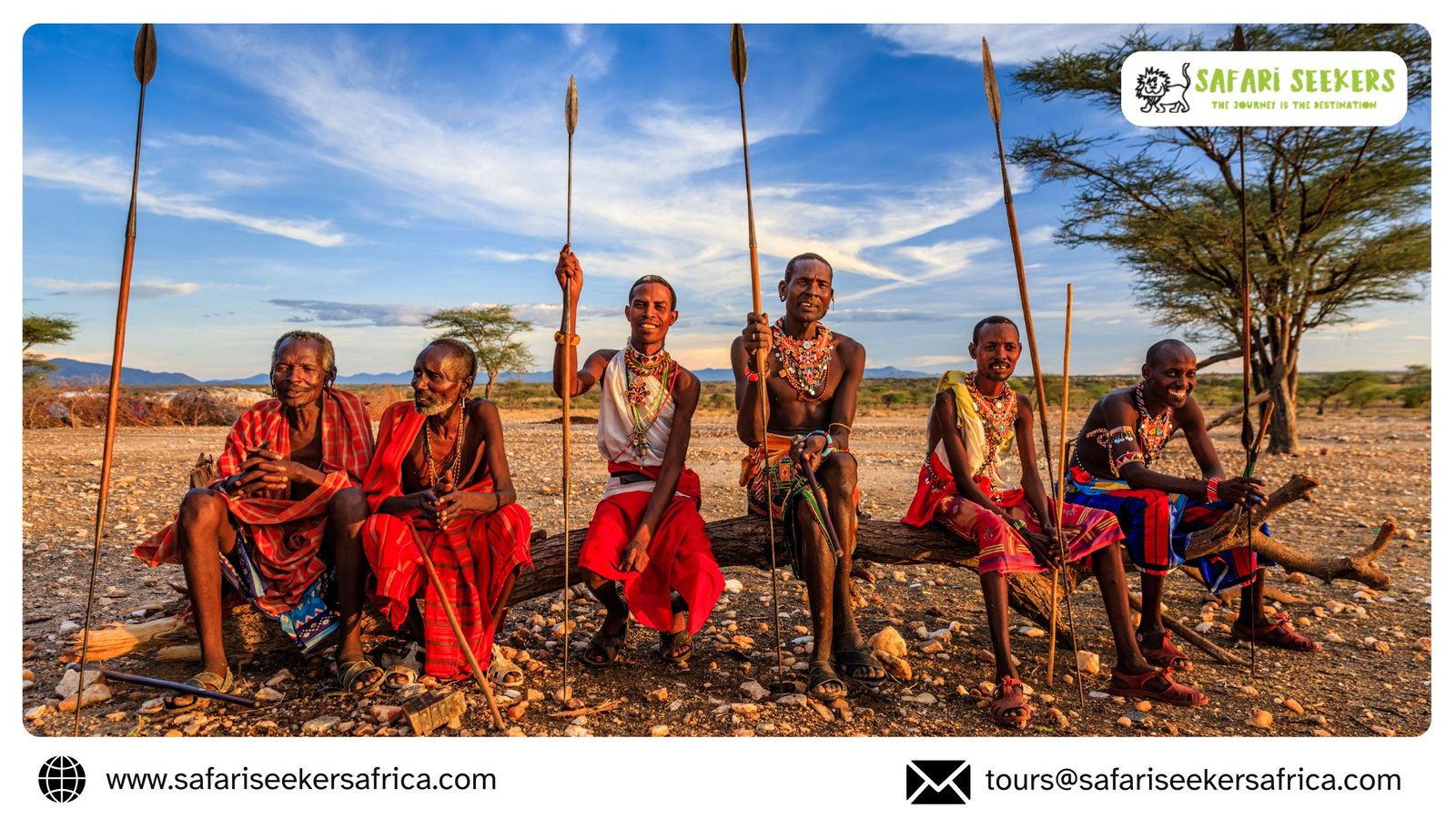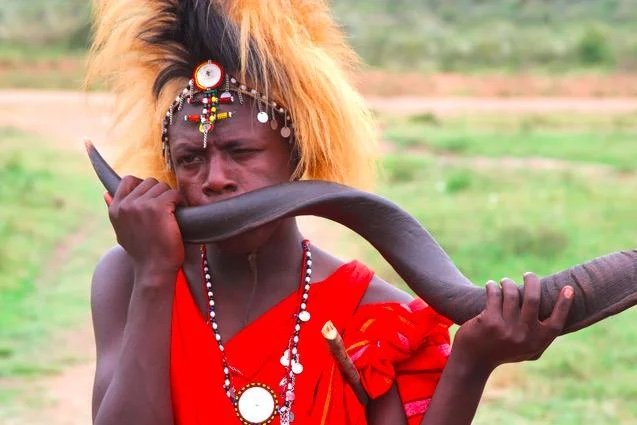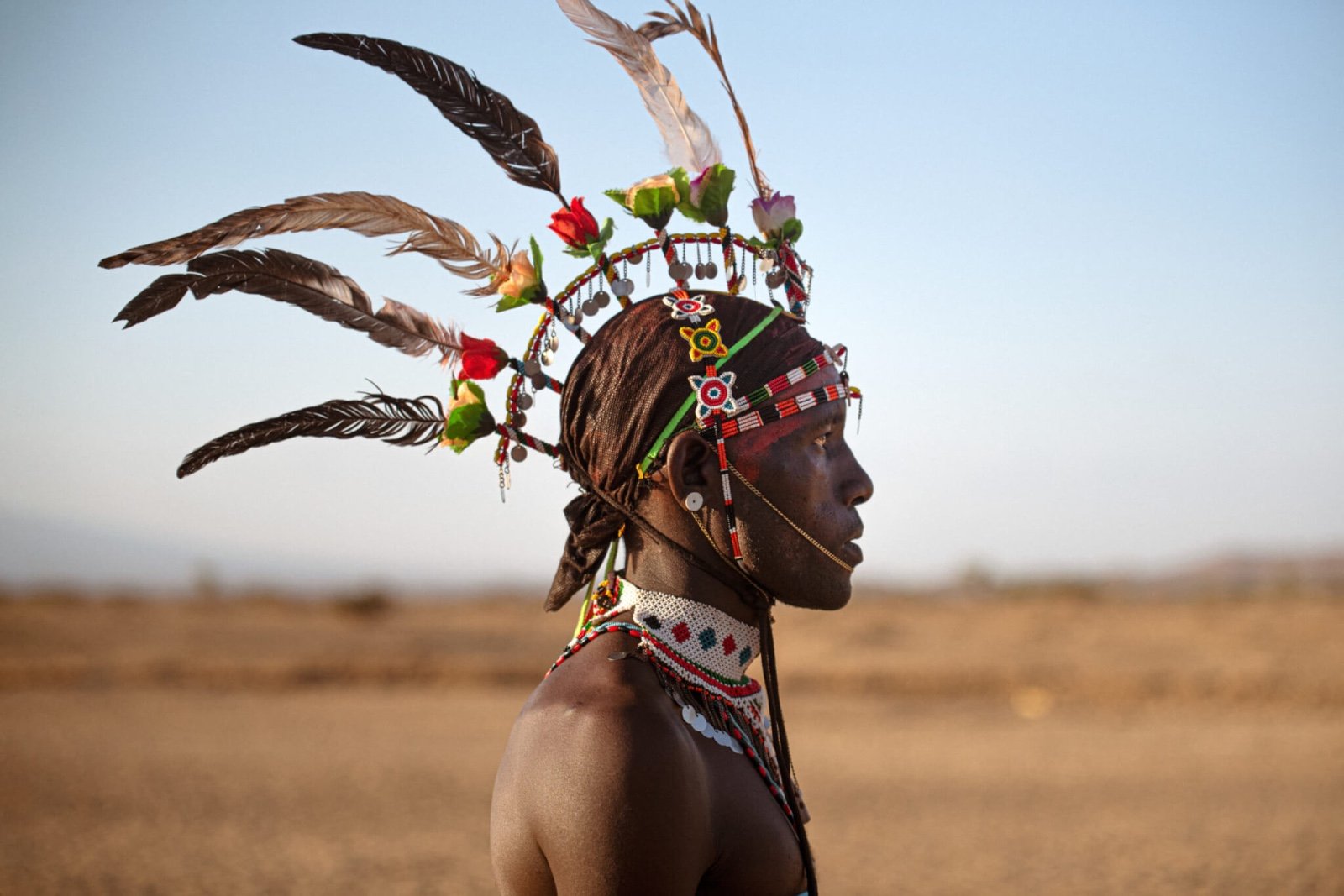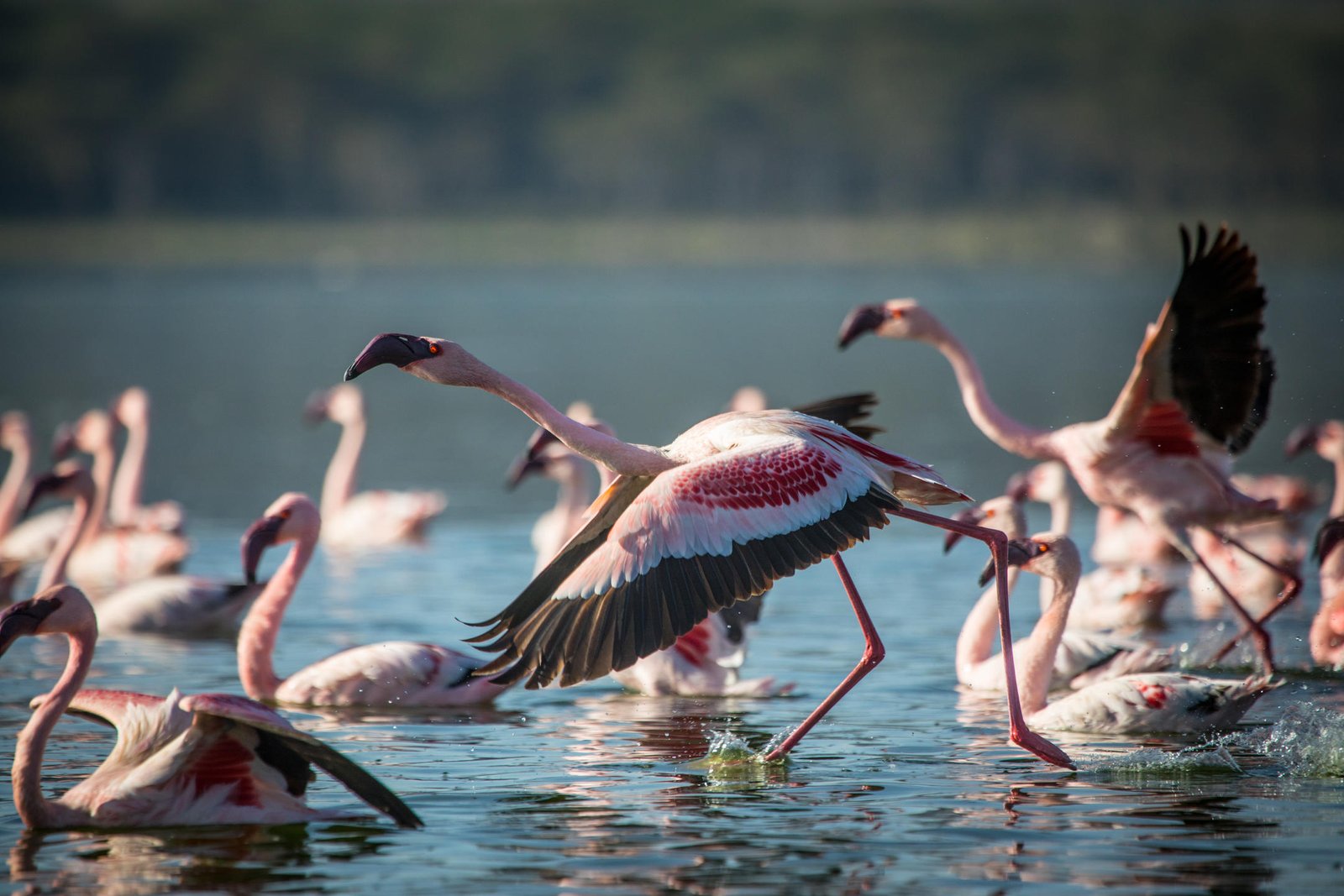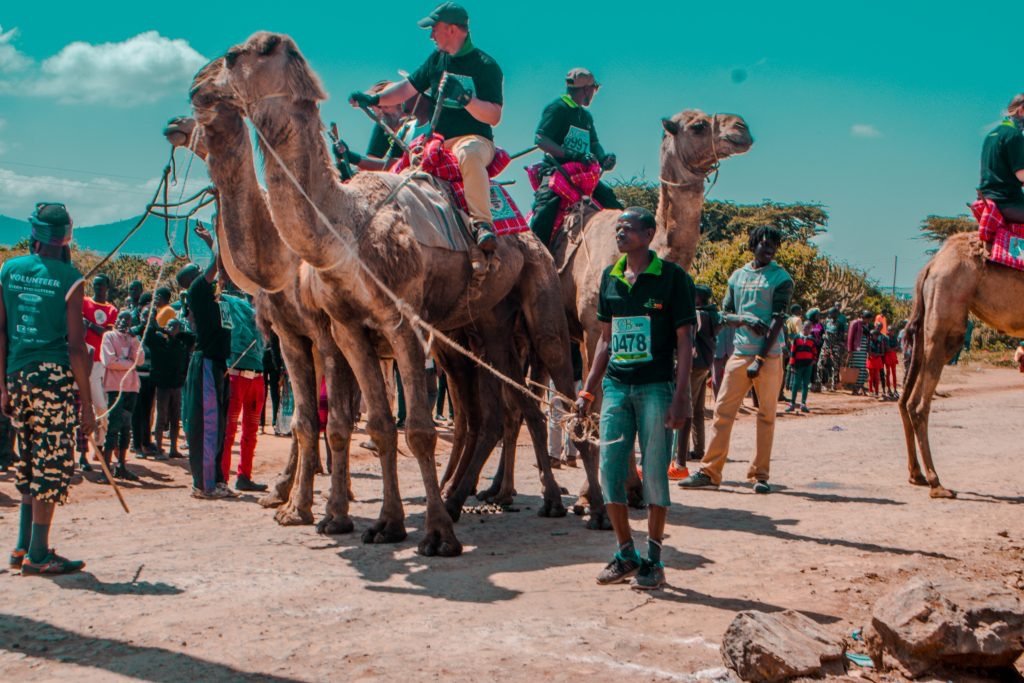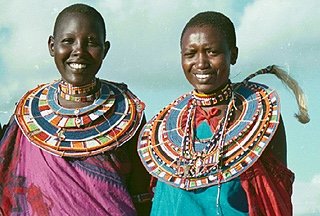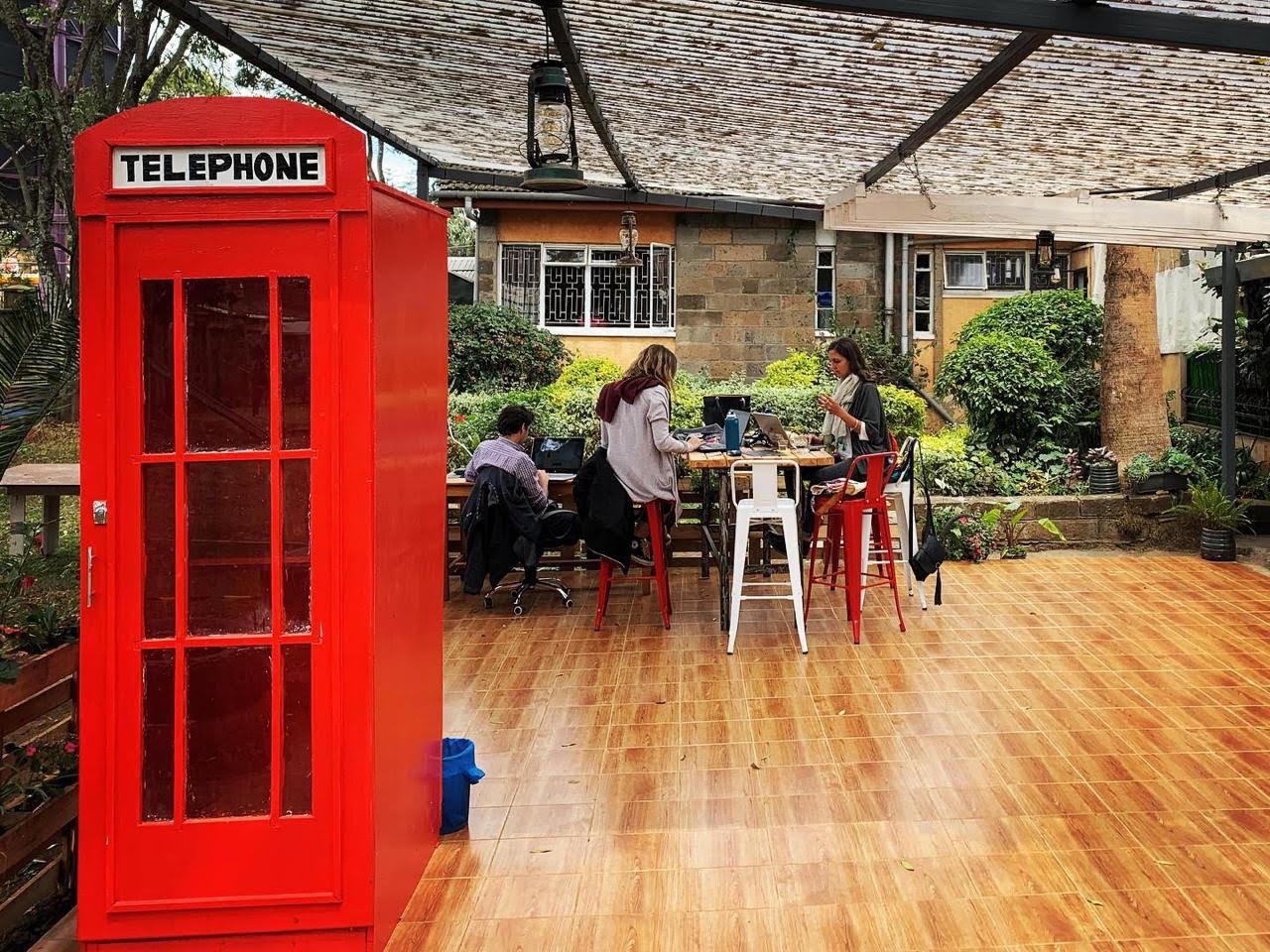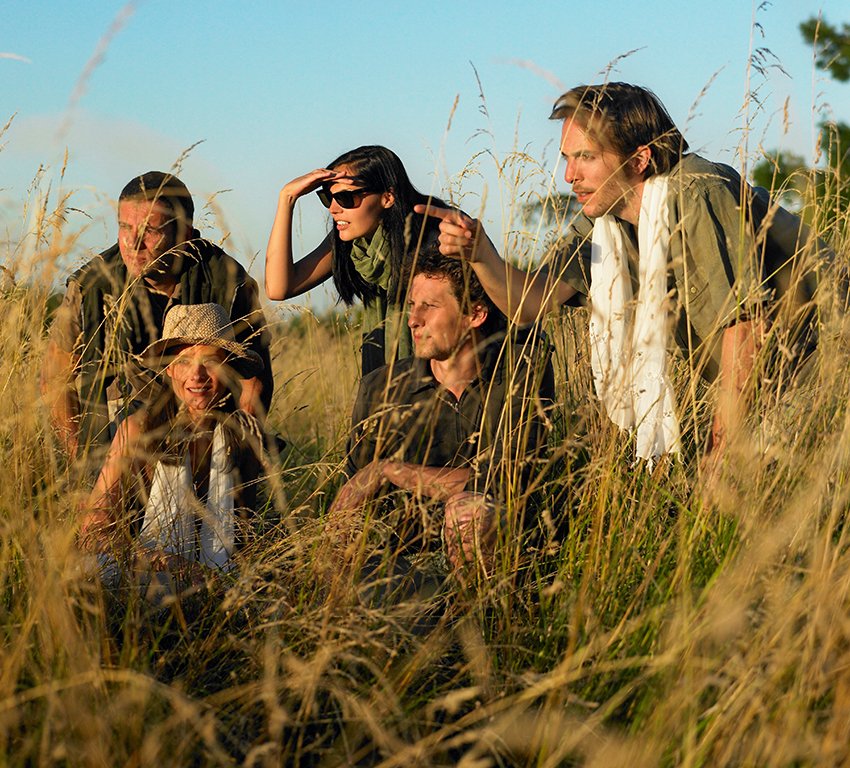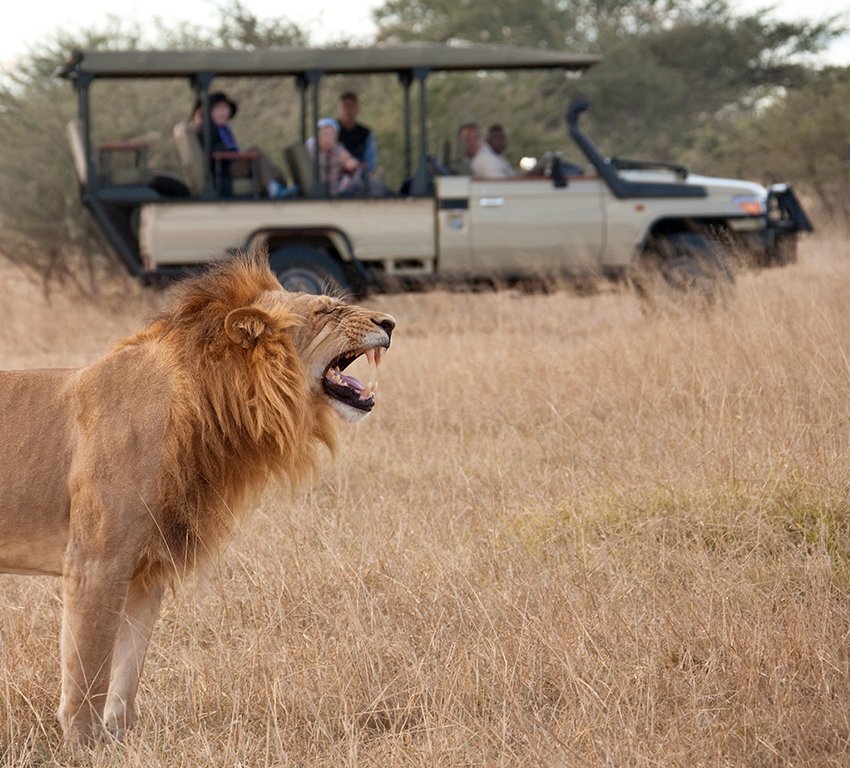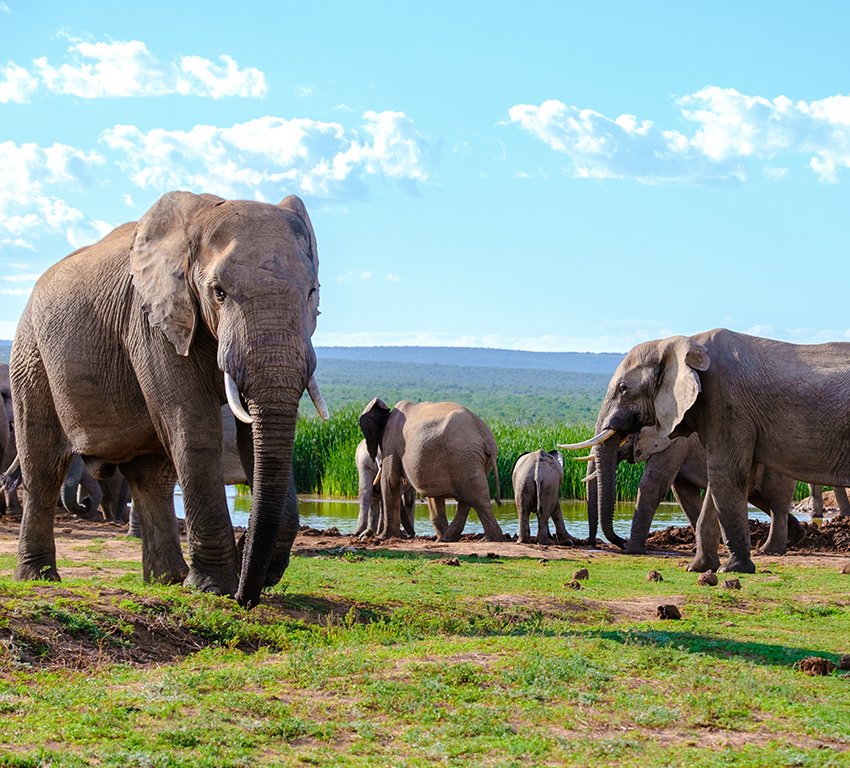Threads of Culture: Unveiling the Significance of Samburu Beadwork
Samburu beadwork holds a significant cultural importance among the Samburu people. It is a form of art and self-expression that carries deep symbolism and heritage. Here are some key aspects of Samburu beadwork traditions:
- Symbolism and Meaning: Beads have symbolic meanings in Samburu culture, representing various aspects of life. Different colors, patterns, and arrangements have specific significance. For example, red beads often symbolize bravery and unity, while blue beads may represent purity and protection. Beads may also be used to convey social status, marital status, or serve as a form of communication within the community.
- Adornment and Identity: Samburu men, women, and children adorn themselves with beadwork. It is worn proudly as a symbol of ethnic identity, cultural pride, and personal style. Beads are incorporated into different elements of their attire, such as headbands, necklaces, bracelets, earrings, and anklets. The beadwork adds vibrancy, beauty, and distinction to their overall appearance.

- Traditional Designs: Samburu beadwork patterns and designs are intricate and visually striking. These designs often feature geometric shapes, diamonds, zigzag patterns, or specific motifs that carry cultural significance. Skilled artisans meticulously arrange the beads, weaving them together on strings or threading them onto leather strips to create elaborate designs.
- Ceremonial Importance: Beadwork plays a crucial role in Samburu ceremonies and rituals. It is particularly prominent during coming-of-age ceremonies, weddings, and other important community events. The intricate beadwork worn during these occasions represents a rite of passage, showcases cultural heritage, and signifies important life transitions.
- Economic and Social Significance: Samburu beadwork also has economic value within the community. Skilled beadworkers often sell their creations, providing a livelihood and contributing to the local economy. The exchange of beadwork during ceremonies and social gatherings also fosters social bonds and reinforces the sense of community among the Samburu people.
Samburu beadwork traditions are deeply rooted in their cultural heritage and continue to thrive as a source of artistic expression, cultural preservation, and economic empowerment within the community. The craftsmanship and beauty of Samburu beadwork serve as a testament to their rich cultural identity and traditions.




